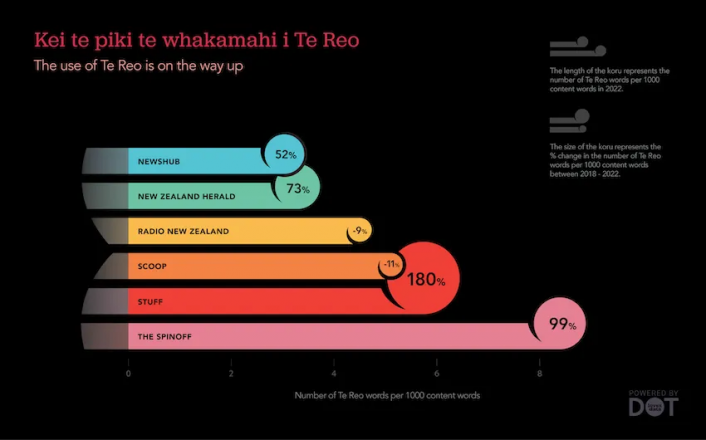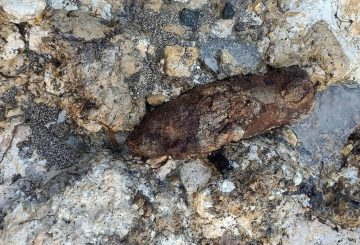データサイエンスのスペシャリストであるDot Loves Dataによると、ニュージーランドのメディアにおけるte reo Māoriの使用は加速し続けているとのことです。
同社は、ニュージーランドの主要6メディアが2008年から2022年の間に発表した230万件のメディア記事を分析し、マオリ語の使用頻度を調査しました。
分析の結果、主要なニュース記事で使用されるマオリ語の数は、2008年から2018年にかけて着実に増加しましたが、2019年から2022年にかけて劇的に急増し、主にThe Spinoff、Stuff、New Zealand Heraldによる使用率が増加したことが分かりました。RNZが発表したコンテンツにおけるマオリの使用量は、実は同期間に9%減少しています。
Dot Loves Dataの共同設立者であるポール・ブレイスウェル(Paul Bracewell)博士は、The Spinoffに対し、2008年のマオリの平均使用量は1000コンテンツワードあたり2.2ワードであったと語っています。2022年には、1000語あたり5.3語に増加し、145%増となりました。Bracewell氏によると、2019年からの急激な増加は、マオリ語の翻訳を活用した政府のCovid-19キャンペーンによるところが大きいという。
メディアであるThe Spinoffが最も利用率が高く、1000コンテンツワードあたり平均8.9マオリ語で、3年間で99%増加した。次いでStuffが1000ワードあたり6.4マオリ語で、過去3年間で180%の増加となっています。
テレオマオリ語は、英語、ニュージーランド手話とともに、ニュージーランドの3つの公用語のひとつです。ここ数年、政府は学校でのマオリ語の使用やバイリンガルの標識の使用など、日常生活でのマオリ語の使用を増やすよう働きかけています。今年7月には、マオリの新年の始まりを祝う「マタリキ」を記念して、ニュージーランド初の祝日が設けられました。





























































